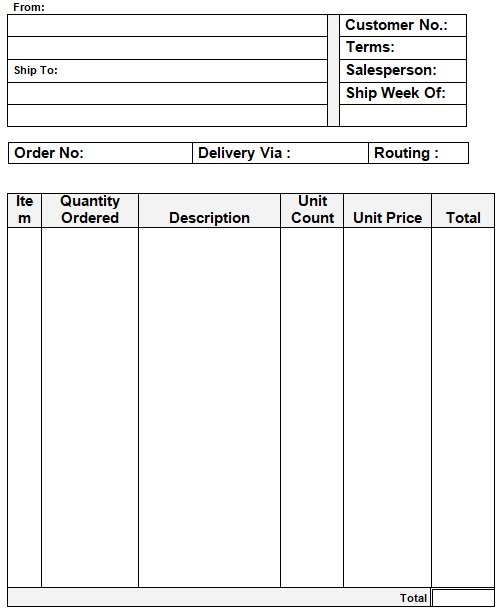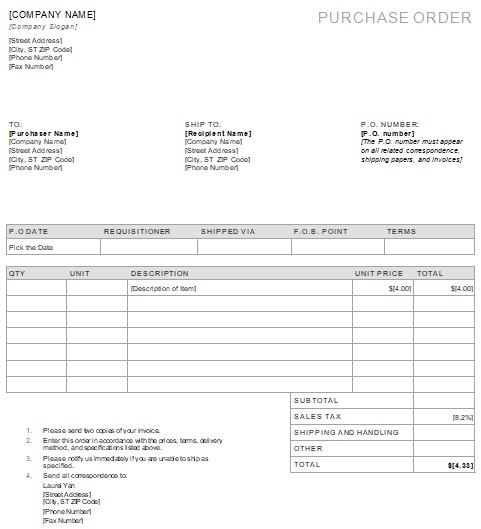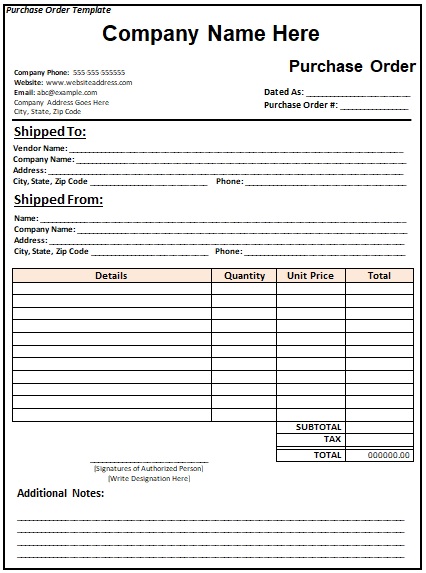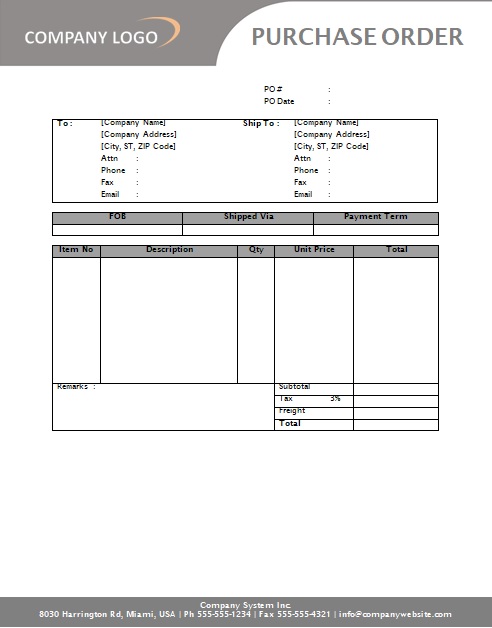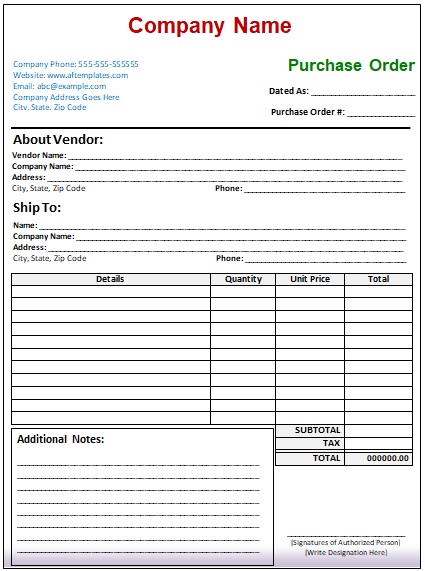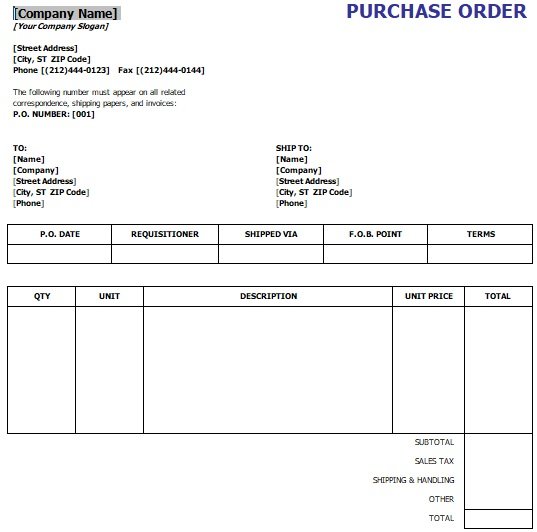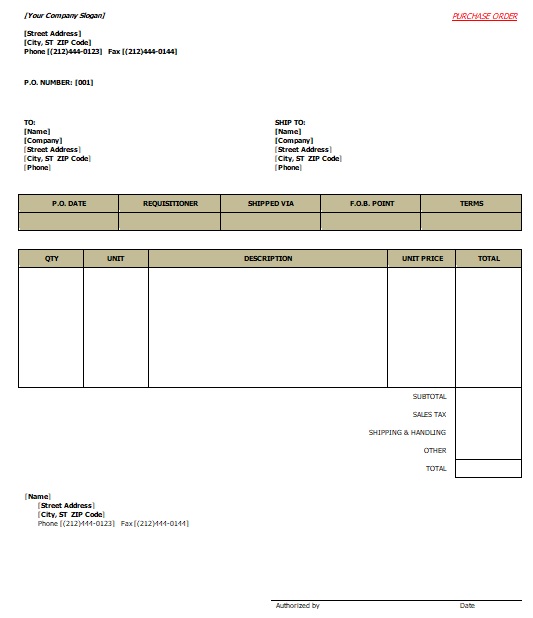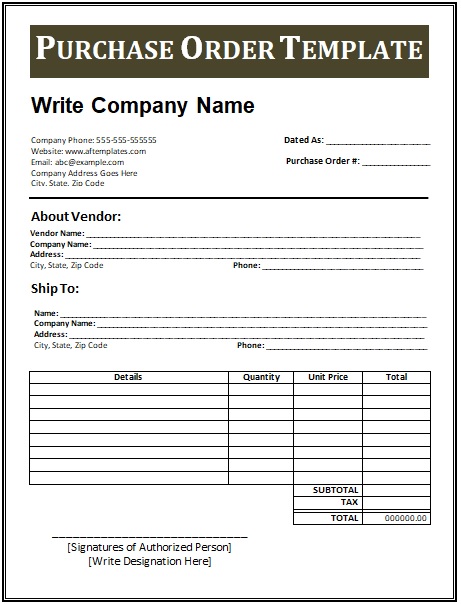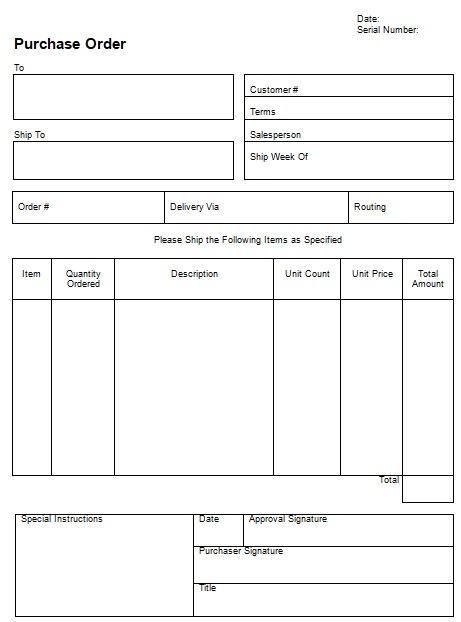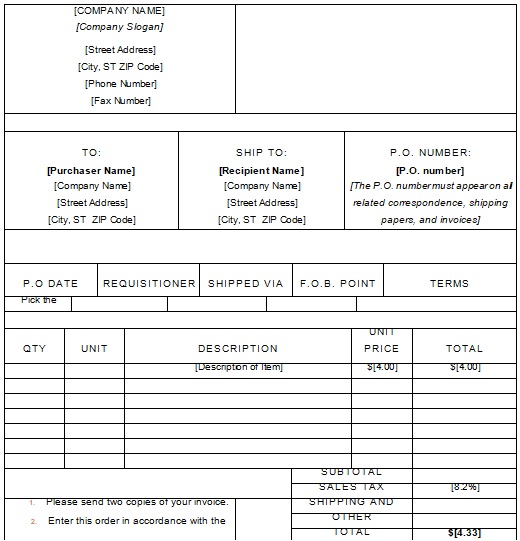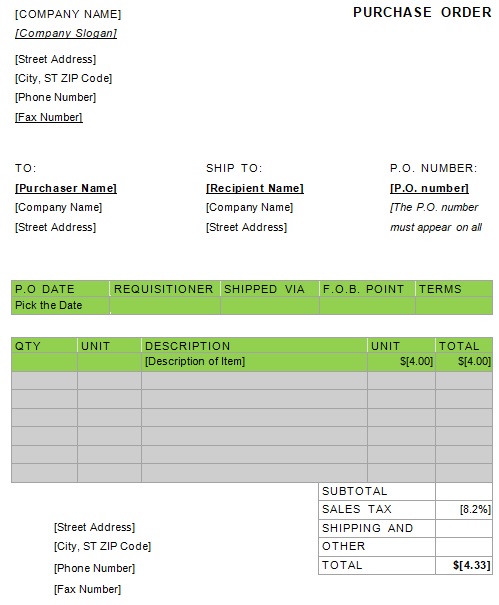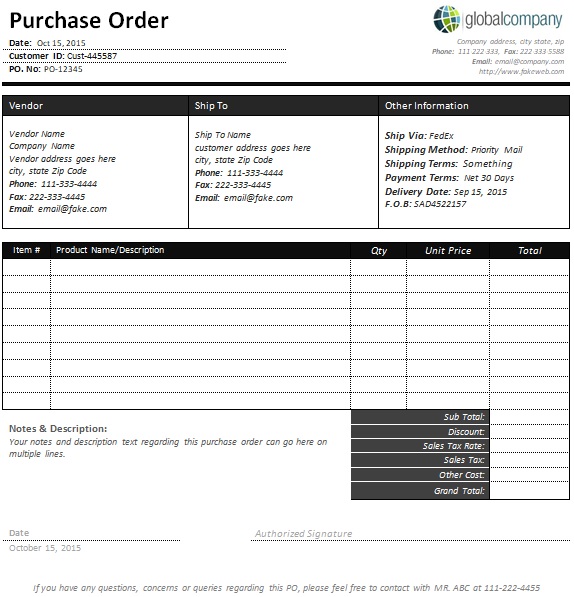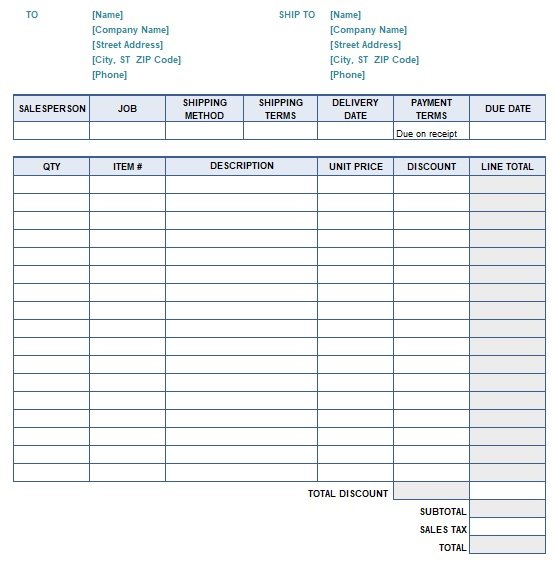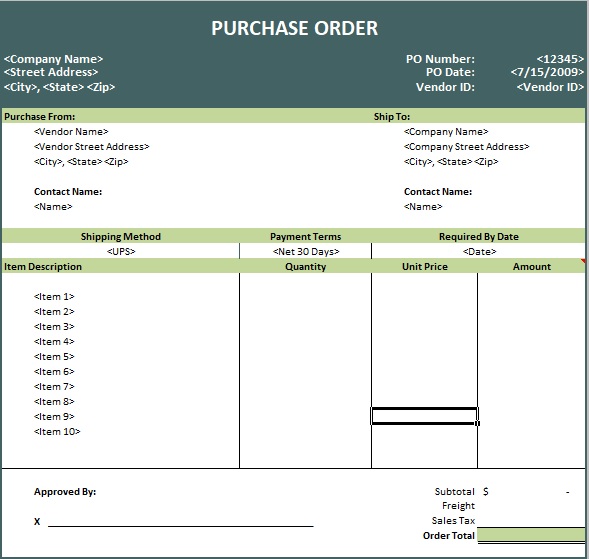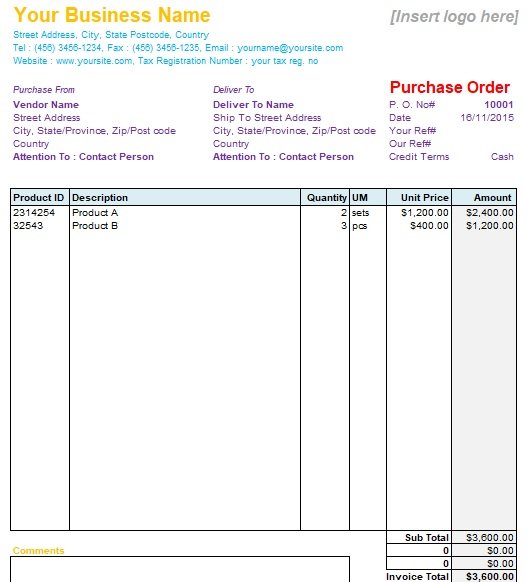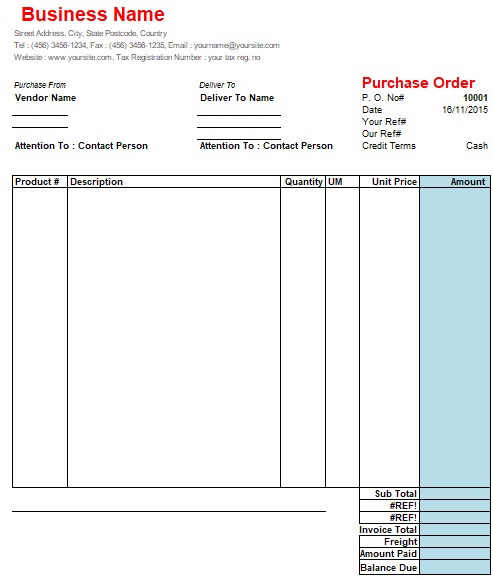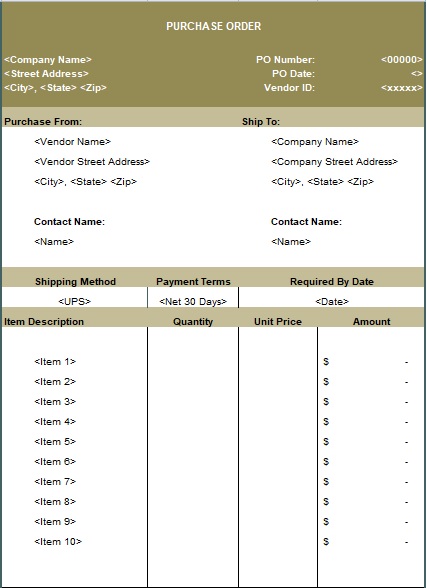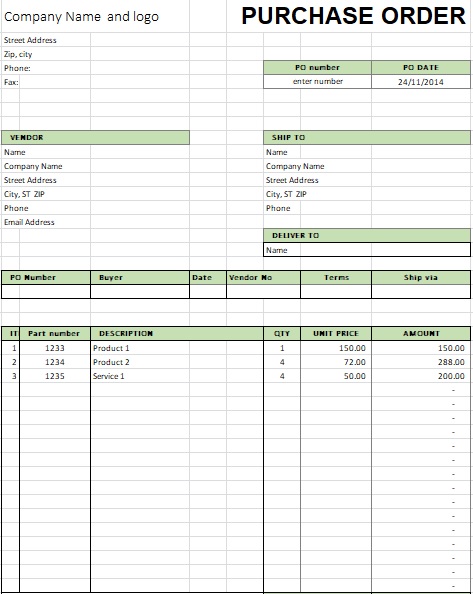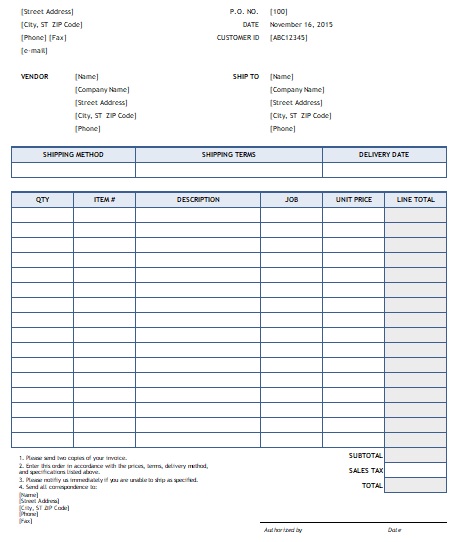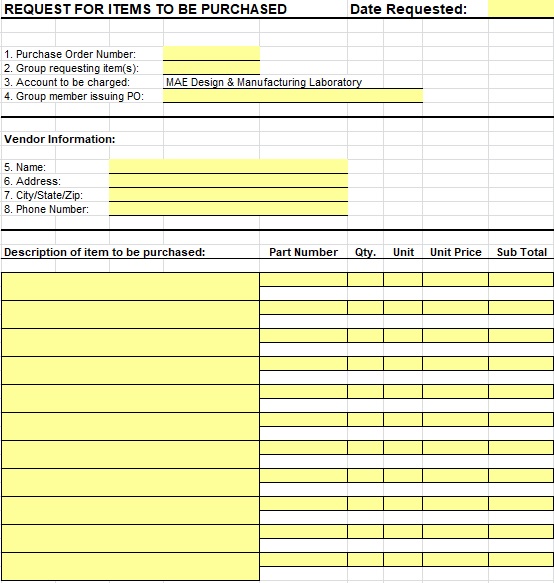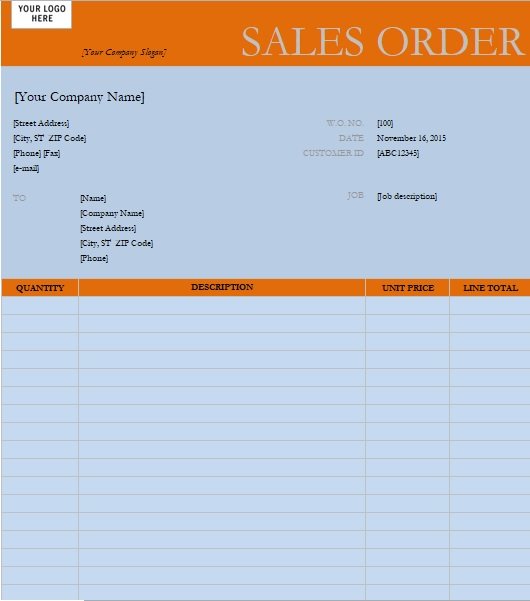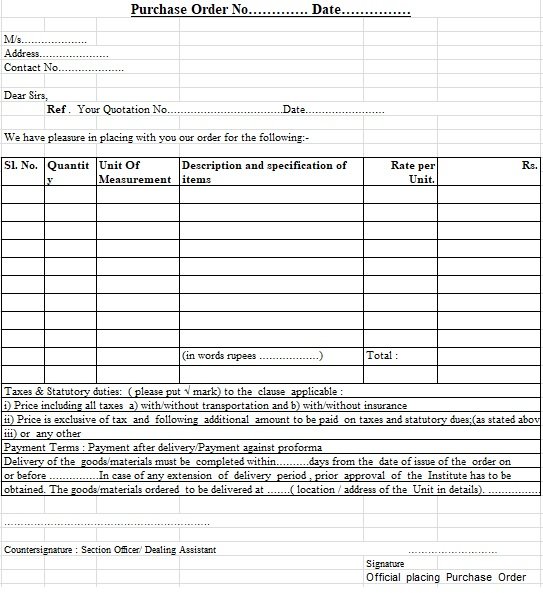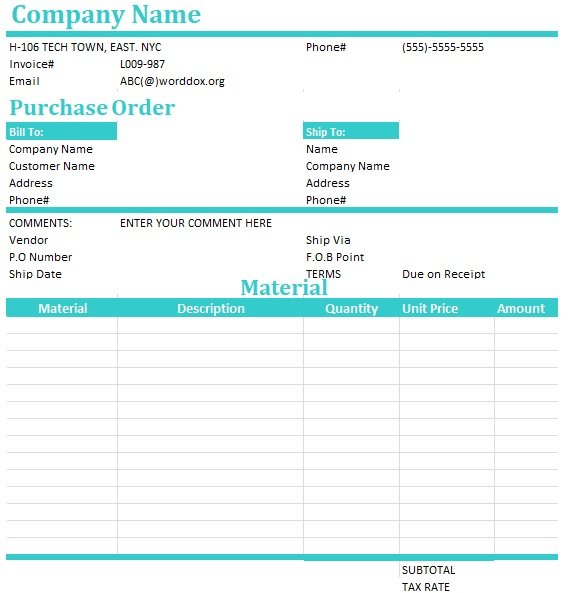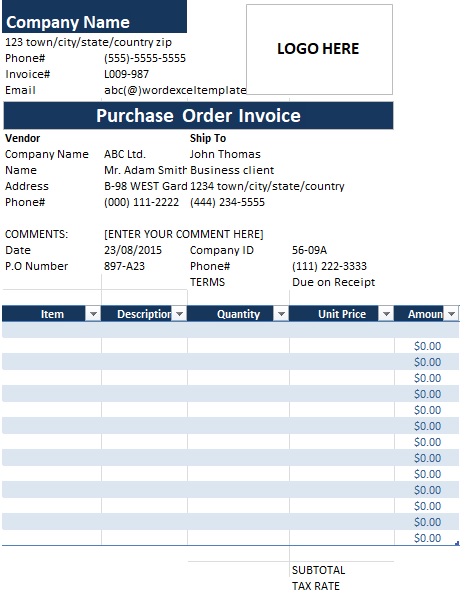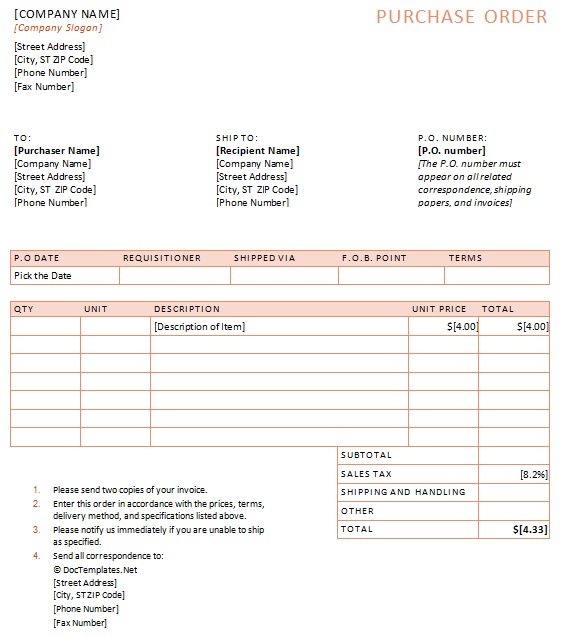The purchase department makes several purchases daily. It has to maintain every document from purchase requisition to the approval or GRN. Thus, the purchase order template is useful for the supply chain department for internal and external use.
Most of the developed businesses use enterprise resource planning tools to generate demand requisition, purchase order, and goods receipt note type documents for the supply chain management. However, the ERP system isn’t affordable for all companies. Further, these documents can’t be eliminated from the system due to multiple reasons. Thus, the use of MS Excel or Word-based purchase documents is preferred by small businesses.
The MS Excel provides advanced control on the purchase order individual sheet and combined sheet for a specific supplier. So, the company can use these sheets for multiple reasons. Also, the MS Excel templates are very easy to use, customize, and edit as per the nature of business.
Table of Contents
- 1 What is a purchase order?
- 2 What is a purchase order in QuickBooks?
- 3 What is the purpose of a purchase order?
- 4 The different types of purchase orders:
- 5 Which details should be included in the purchase order?
- 6 Importance of Purchase Order Template
- 7 Elements of Purchase Order Template
- 8 The working of purchase order funding:
- 9 How to use Purchase Order Template?
- 10 How to use a purchase order for financing purposes?
- 11 Some tips for purchase order success:
- 12 Faqs (Frequently Asked Questions)
What is a purchase order?
A purchase order is a legal document that buyers send to sellers with a request for items or services as an order. Each purchase order includes the following information;
- Purchase order number. It helps both buyer and seller in tracking delivery and payment.
- Type of item
- Quantity
- Price
However, more particular order contains more details. But there is a general rule that the more information you include then your Purchase order will be more effective.
What is a purchase order in QuickBooks?
QuickBooks is a small business accounting software program. Businesses used it to keep the track of the financial health of their business. It is used to invoice customers, pay bills, make reports, and prepare for taxes. So, to create purchase orders QuickBooks is used.
What is the purpose of a purchase order?
A purchase order has the following purposes;
- To track payments to sellers.
- To track large orders.
- To keep the record for auditing purposes.
- To specify the terms between buyer and seller.
- To get more detail and utility than a basic expense record.
- To track the delivery and payment of every order.
- To track the internal status of every order.
The different types of purchase orders:
There are 5 different types of purchase orders;
Standard purchase orders
The most widely used and recognized type of purchase order is the standard purchase order. It provides clear details to the buyer such as;
- The item or service they are purchasing
- The quantity
- Delivery Schedule
- Payment terms
Planned Purchase Orders
By submitting a purchase order in advance, a buyer is estimating the future requirements of their company for the item while placing a planned purchase order. In this type of purchase order, the item, price, and payment terms are identified while the delivery date is tentative.
Blanket Purchase Orders
A buyer places multiple orders at one time with a blanket purchase in order to negotiate discounted pricing.
Contract Purchase Orders
It is the most formal variation providing the most legal protection for those involved. In such a case, the buyer and seller sign a contract that specifies the terms of purchase.
Digital Purchase Orders
The procurement process move efficiently by having a set process in place for purchase orders. It can be beneficial for both the buyer and the seller.
Which details should be included in the purchase order?
Here are the important details that must be included in the purchase order;
Name and address of the buyer and seller:
Firstly, provide the name and address of the buyer and seller. This enables both parties to verify who started the transaction and the order is sent to the right recipient. In addition, it also helps to improve the communication surrounding the purchase order in case of confusion.
Delivery and billing address of the purchaser:
The delivery address tells where the items or services will be delivered. On the other hand, the billing address indicates the sellers where they will send an invoice to request their payment. In some cases, both delivery and billing addresses are the same, while other times both are different.
Purchase order number:
The purchase order number allows you to identify and track the document. It is used as both an internal and external reference number. When companies issue many purchase orders then they use one or more naming conventions to arrange their purchase orders.
Issued and delivery date:
The issued date includes when the order was issued. For buyers, to review when compiling spend reports. While the delivery date allows the sellers to verify time frames for planning their delivery schedule.
Product details:
Product details include the item names, description, and defined quantities and prices.
Additional instructions:
You should also include terms, conditions, and additional instructions. This is because clearly mentioned terms and conditions assists to settle disputes.
Importance of Purchase Order Template
The purchase order template is very useful for businesses. It has multiple applications and purposes. Although, a purchase order is purely an internal document of the company. It’s a requirement for the audits. Also, it has multiple uses for the purchase, finance, and accounts team to maintain the transparency of the procurement process.
The procurement process started with the required identification. So, the purchase requisition is generated by the concerned department. Further, the procurement department checks the technical details of demand items and finalize the technical specs and rate with the approved suppliers.
Once the rate and specifications are finalized. The purchase department raises the purchase order. P.O is share with the finance department and accounts to go for the L.C establishment or payment.
It includes the essential details about the supplier, shipment date, payment terms, parts description, quantity, rate, and total amount.
Elements of Purchase Order Template
There are many types of purchase order templates. Some companies just include information about the current order. While the orders may include information about the previous order, supplier, and parts.
The purchase order header includes information about the document like the type of PO, PO number, revision #, order date, created by, revision date, and current buyer name.
The upper section of the body includes supplier details and other terms such as supplier number, payment terms, freight terms, ship via, and transportation. While the main section of the document includes the details of the demand number, line number, part number, part description, delivery date, quantity, unit of measurement, rate, tax, and total amount.
The working of purchase order funding:
Let us discuss below how purchase order funding works;
- Select a standard purchase order template and use it in every transaction. After some time, it becomes your nature to fill out these forms.
- You should ensure that on quantity discounts, your vendor provides you with product numbers and information. Each purchase order you send must indicate the price you have agreed on.
- Search for the vendors who take orders through purchase orders and any restrictions they have.
- Determine the typical time period you are allowed to take to pay the invoice made from the purchase order. It is usually net 30 days and net 60 days.
- Don’t be afraid to negotiate with your vendors and try to maintain a good relationship with them. You may qualify for special pricing or other incentives in case you are a regular customer and buy a lot of supplies in bulk.
How to use Purchase Order Template?
The purchase order is very simple to document to use. Once the technical details are finalized and the rate is negotiated. The procurement team uses the default template to enter the relevant information.
The last purchase price of the same parts can also be mentioned. The supplier number is awarded by the company itself for internal use. Other information is simple to enter like PO number, dates, parts description, rate, quantity, and total amount.
How to use a purchase order for financing purposes?
Many businesses depend on purchase order financing. Without harming cash flow, they assist their buyers in purchasing larger quantities of goods and supplies. This document is only used in the business-to-business marketplace. By giving you time to recoup the money you have spent, many vendors will accept purchase orders of net 30 or net 60 days.
Credit-worthy purchase orders from companies are accepted by retailers, construction firms, ad agencies, and other vendors. This is an important function for many business owners that help grow the business. Additionally, to order goods on credit, many companies use the purchase order form. Keep in mind that a purchase order is considered a legal contract once it is accepted by the vendor.
You must assure that your accounting records are up-to-date. Your order forms should be legible, properly formatted, and authorized by the responsible party like the business owner. It doesn’t matter how many employees your company has, it helps you keep things standardized.
Some tips for purchase order success:
You have to add your own fine print while writing a purchase order. Clearly mention on your purchase order form template if you pay invoices net 30 or 60 days. You have to make several copies of this document. Keep one copy for your own records and one, one copies for the vendor and for the accounting office. In addition, you have to send a hard copy in the mail in case you want to fax your purchase over to your vendor. Don’t forget to stamp it as “DUPLICATE” in red letters.
In order to save your business relationship in many cases, you should develop unit prices for the items or services you order daily. It would be highly recommended to limit who can sign off on a purchase order. Although managers and salespeople are allowed to place orders but to review each purchase order, assign a trusted person from upper management. There must be at least two signatories in case one is absent, and the other is available.
Faqs (Frequently Asked Questions)
If you have the vendor’s approval then you can cancel a purchase order legally. If the vendor has already started on the products or services, they may disapprove of it.
A purchase order is a legally binding document between the buyer and the seller. On the other hand, an order form is a form that makes it easy for the vendor to order products.
Once the vendor acknowledged the purchase order, it becomes a contract.
The four basic processes of purchasing in SAP (systems, applications, products) are;
1- The purchase order.
2- The goods receipt purchase order.
3- The accounts payable (A/P) invoice.
4- And, the outgoing payment.

